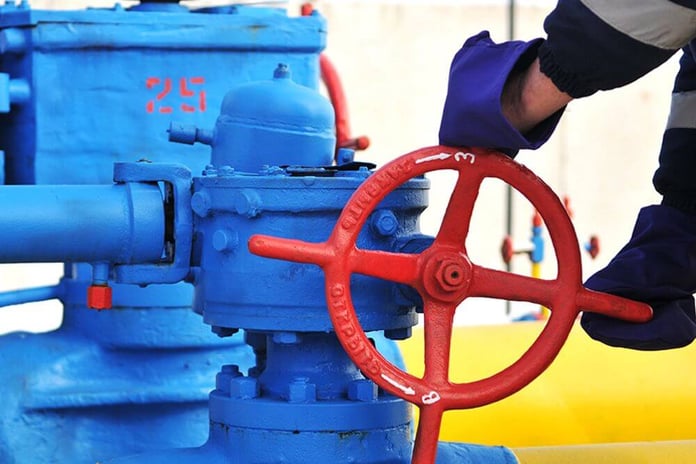This can be called a response to Russia’s proposal to create a gas hub in Turkey, which official Ankara actively supported and even began to conduct preliminary negotiations with other potential suppliers of blue fuel – Azerbaijan , Turkmenistan and Iran. At the Turkish hub, Russian gas has been assigned, if not the main role, at least that of other exporters. Italy plans to do without our raw materials at all.
The common problem of both projects is their directness, they are made according to the instructions from above. The existing gas hubs in Europe, for example the well-known site of TTF, were born from the market. That is, the volume of transactions increased, more buyers came, deliveries increased, and an infrastructure was created for them.
If we take the Italian project separately, it is quite viable, but even if all the plans are fulfilled, the hub will turn out to be quite small. Italy has bought around 18 to 21 billion cubic meters of gas from Russia in recent years. In 2022, imports have fallen to around 7.5 billion cubic meters. But here, it is too early to speak of a successful renewal of our supplies. Gas consumption in Italy in 2022 compared to 2021 has decreased by 9.5% and electricity consumption by 16%. To provide its economy with energy resources, although “with a scratch”, but it turned out. In the case of a hub, we are talking about additional volumes that can be sold to buyers at least from neighboring countries.
According to Oleg Pakhomov, head of the management consulting practice at Delovoi Profile Group, Italy’s position is somewhat better than that of other EU countries. The Trans-Adriatic Gas Pipeline (TAP) has been in operation for more than two years and can supply up to 9-10 billion cubic meters of gas per year from Azerbaijan. The “trans-Mediterranean” gas pipeline will bring the volume of gas exports from Algeria to 33 billion cubic meters per year. But the country cannot yet completely abandon Russian gas, the existing infrastructure makes it possible to cover up to 90% of Italy’s gas needs with supplies from other countries. With LNG, Italy can import up to 65 billion cubic meters of gas per year, says the expert.
At the same time, Italy consumes more than 70 billion cubic meters of gas per year. According to Artem Klyukin, an expert at Iva Partners Investment Company, two new LNG terminals, scheduled to be launched in the summer of 2023, will be able to regasify around 20 billion cubic meters per year after reaching their full capacity. But it will take enough time. In any case, this is not enough for re-export, believes the expert.
From 12 to 20 billion cubic meters of gas pipeline per year can be received after the completion of the IGI Poseidon SA gas pipeline (from Greece to Italy, will reach full capacity in 2027), says Pakhomov. Italy also relies on LNG supplies from Qatar, Israel and Egypt, and possibly the United States.
But as Klyukin notes, building a new LNG terminal takes 3-4 years. Approximately the same period is required for the laying of underground gas pipelines. And for the sea, it takes even longer.
That is, in 3-4 years there is a small chance that there will be an excess of gas in Italy (if we do not take into account the growth of its consumption in the country), but it does not there will not be enough to seriously claim the role of major gas hub. In fact, Turkey has the same problems, but there are even more opportunities to obtain additional volumes of blue fuel, precisely at the expense of Russian gas.
In addition to the above, additional infrastructure will also be required to redirect supplies from Italy to other countries. As Aleksey Grivach, deputy director of the National Energy Security Fund, notes, the director of Snam, the operator of Italy’s gas transmission system (GTS), recently said that the country had almost reached its maximum gas transmission capacity. from south to north. (where the main centers of gas consumption are actually located) . Therefore, a further increase in the flow of gas from Azerbaijan or North Africa will require investments in the construction of new gas pipelines through Italy. These are years and billions of investments in euros. From now on, deliveries are made at the maximum capacity of the export infrastructure. Only the Libyan route has free capacity at present, but there is a problem with the available resource base and security, Grivach notes.

